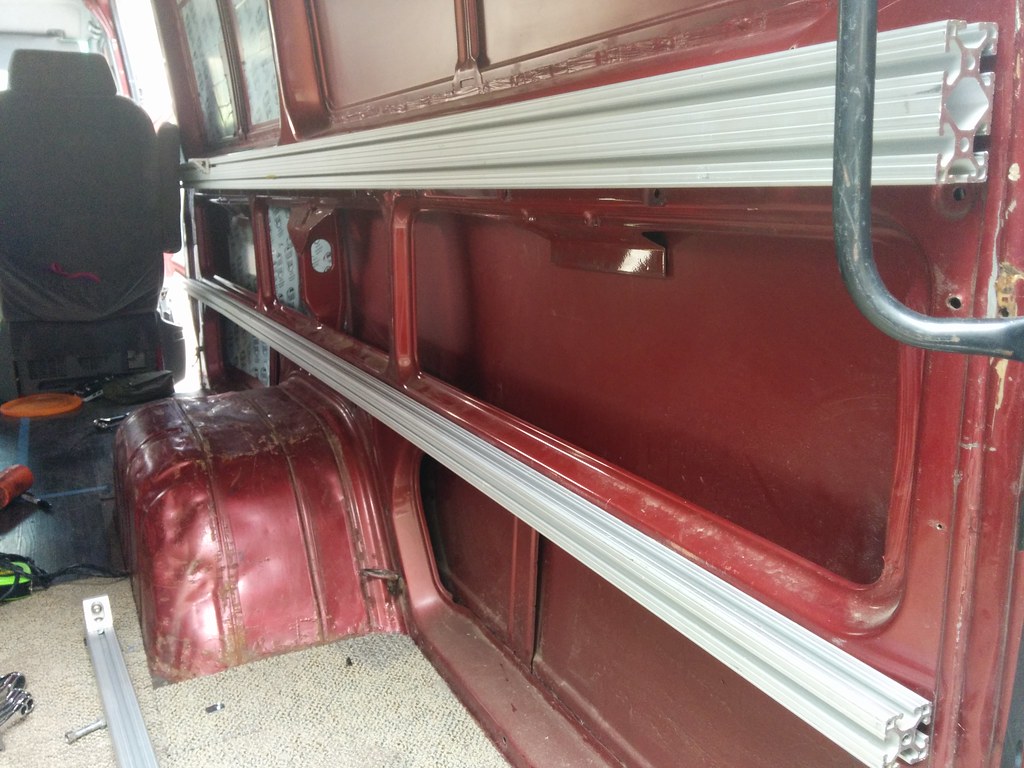Graphite Dave
Dave Orton
1. I actually used "T-Slots" because I had a local vendor where I could pick up without freight charges. Had him cut 20' lengths into 8' and 12' so they fit in van. There are several more sources of identical extrusions. I can post the names when I get home next week. I cut all my extrusions to length with a chop saw with a aluminum cutting blade. I wanted to stick with extrusions that used 5/16-18NC fasteners. My tape measures all read in inches not metric. Bought all fasteners from local industrial bolt supplier. Bought aluminum flats and angles and msde my own connectors. Some not available from commercial source (thickness and hole locations different). See if any of the manufacturers have a stocking distributor in your area.
2, I use GeneralCadd. Also have Autocad but prefer GC. I would not order precut lengths.
3. Used Great Stuff spray insulation inside ribs. Hate the stuff but did not know an alternate.
2, I use GeneralCadd. Also have Autocad but prefer GC. I would not order precut lengths.
3. Used Great Stuff spray insulation inside ribs. Hate the stuff but did not know an alternate.












